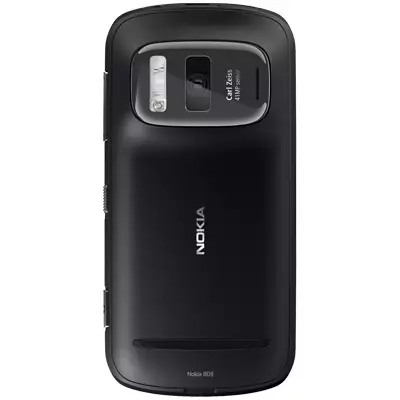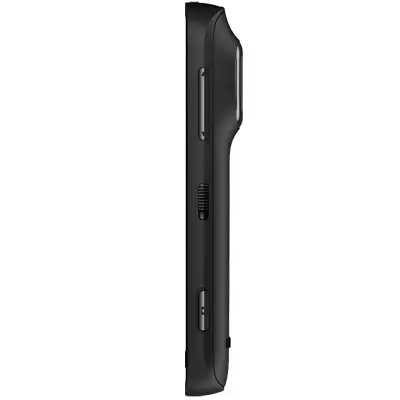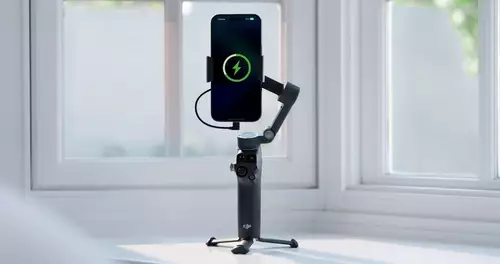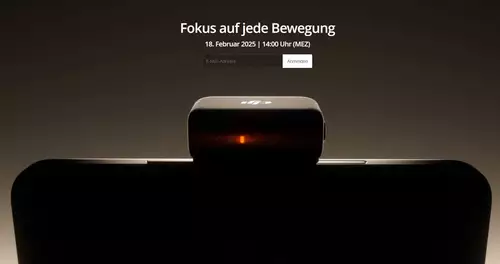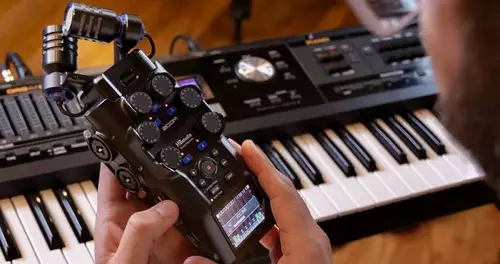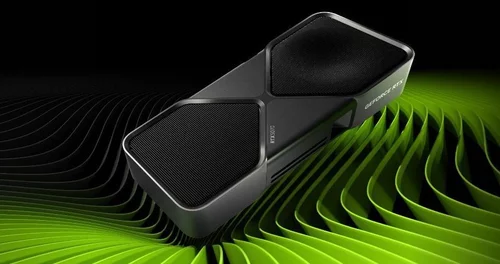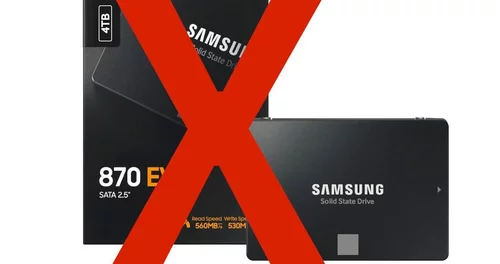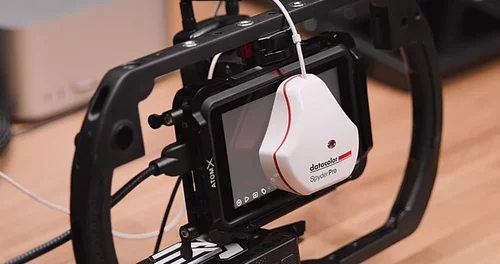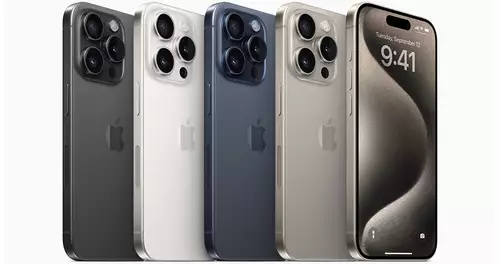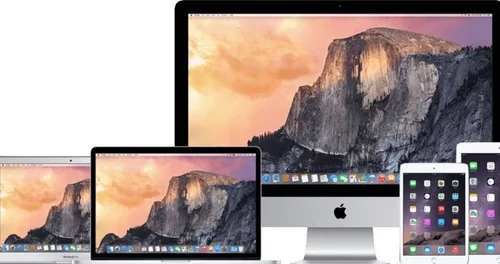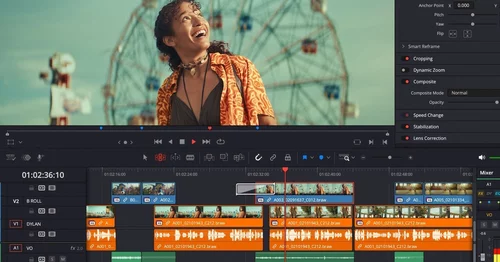Nokia scheint sich mit dem PureView 808 Smartphone zurück in die Oberliga der Multimedia-Smartphones zu katapultieren. Die technischen Daten in Sachen Kameramodul des auf der Mobile World Congress (MWC) vorgestellten Handys sind jedenfalls recht beeindruckend: 41 MP Sensor, f 2.4 Carl Zeiss Optik. Full HD 1080p Video erhält Dank der hohen Sensorauflösung so einen verlustfreien 4-fach Zoom, bei 720p ist es ein verlustfreier 6-fach Zoom, der zudem völlig geräuschlos arbeitet, weil er lediglich den Ausschnitt vergrössert. Aufgezeichnet wird das Video in High Profile H.264 mit maximal 25 Mbps. Der 1/1.2 große Sensor des Nokia PureView 808 soll mit der relativ hohen Lichtstärke der Optik viel gestaffelte Schärfe für Filmlooks bereitstellen. Die aktive Arbeitsfläche des 41 MP Sensors beträgt erstaunliche 7728x5368 Pixel, Hiervon werden bsp. für 16:9 Videoformate 7728x4354 Pixel als Oversampling genutzt.
Die Videoformate lesen sich wie folgt: Full HD (1920x1080) 30 B/s[Default], HD (1280x720) 30 B/s , nHD (640x360) 30 B/s. Es werden folgende Bildraten unterstützt: 15, 24, 25, 30 B/s. Video Enkodierung: H264 High Profile Level 4.0, H263 / Audio: 128 kbps, 48 kHz.

Die Abmessungen betragen: 123.9 x 60.2 x 13.9 mm (17.95 mm an der Kamera), 169 g. Speicher: 16 GB, auf 48 GB (MikroSD) erweiterbar. Als Display kommt ein 4" Amoled-Display mit 630x360 Pixel Auflösung zum Einsatz. An Interfaces stehen u.a. USB, Bleutooth, HDMI etc zur Verfügung. (Das Nokia PureView 808 ist kein LTE-Handy.)
Als Betriebssystem kommt Symbian zum Einsatz - Preise und Verfügbarkeit liegen uns derzeit noch nicht vor.
Wer mehr zum technischen Hintergrund des neuen Nokia PureView 808 Smartphone erfahren möchte, findet hier ein Whitepaper von Nokia zum Download.
Hier ein Zitat daraus zum Thema Autofokus der Videofunktion:
"Improved video autofocus
Video autofocus was an area that needed to be dramatically improved. Because of Nokia 808 PureView’s much larger image sensor (5x larger than rival smartphones) the optics give you a relatively shallow depth of field. What’s more, we’re also using oversampling techniques in video to achieve our holy grail of low visual noise with extremely high levels of detail.
// Top-News auf einen Blick:
- Neue Gerüchte: Nvidia soll die GPU-Produktion 2026 um 30-40% runterfahren
- Adobe Firefly bekommt Upscaling per Topaz, Editing per Prompt und mehr
- Leak: Samsungs plant SATA-Aus - Kommt der Preisschock auch bei SSDs?
- Kompaktkameras wieder im Trend - trotz Smartphones
- Von Mickey Mouse bis Darth Vader - Disney lizenziert seine Figuren an OpenAIs Sora
- Verstehen Video-KIs die Welt? Physik-IQ enthüllt Grenzen der Modelle
In Creative Shooting mode, we’ve gone even further. A long touch on the viewfinder will bring up a pop-up UI window, where you can select Automatic or Macro. Close-up focus is much improved in Macro, while Automatic does all the work for you."
Und noch ein Zitat daraus zum Thema Oversampling:
"On a more technical note...
oversampling eliminates Bayer pattern problems. For example, conventional 8MPix sensors include only 4Mpix green, 2Mpix red and 2Mpix blue pixels, which are interpolated to 8Mpix R, G, B image. With pixel oversampling, all pixels become true R, G, and B pixels. What’s more, based on Nyqvist theorem, you actually need oversampling for good performance. For example, audio needs to be sampled at 44 kHz to get good 22 kHz quality."
mehr Bilder zur News:
